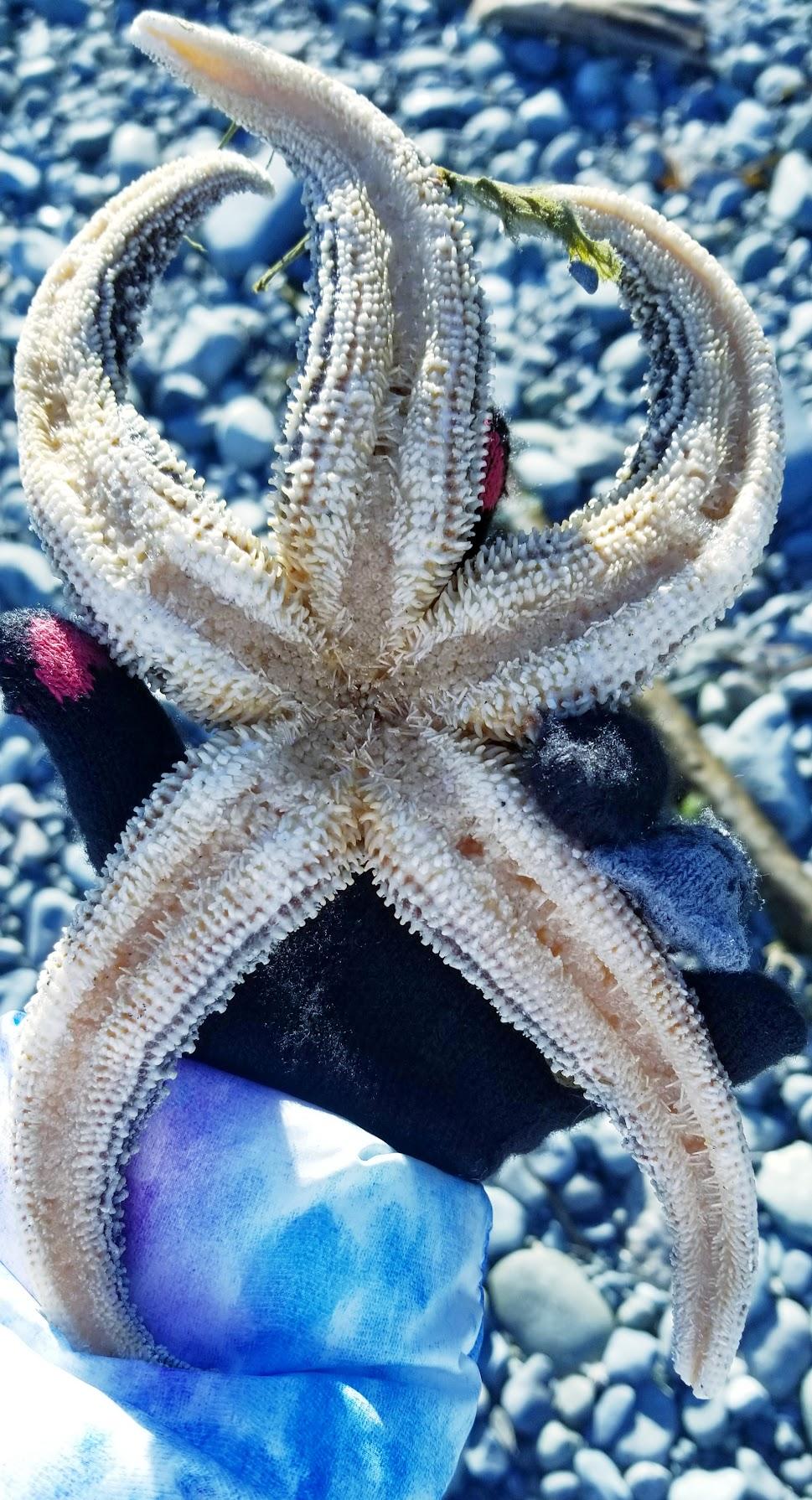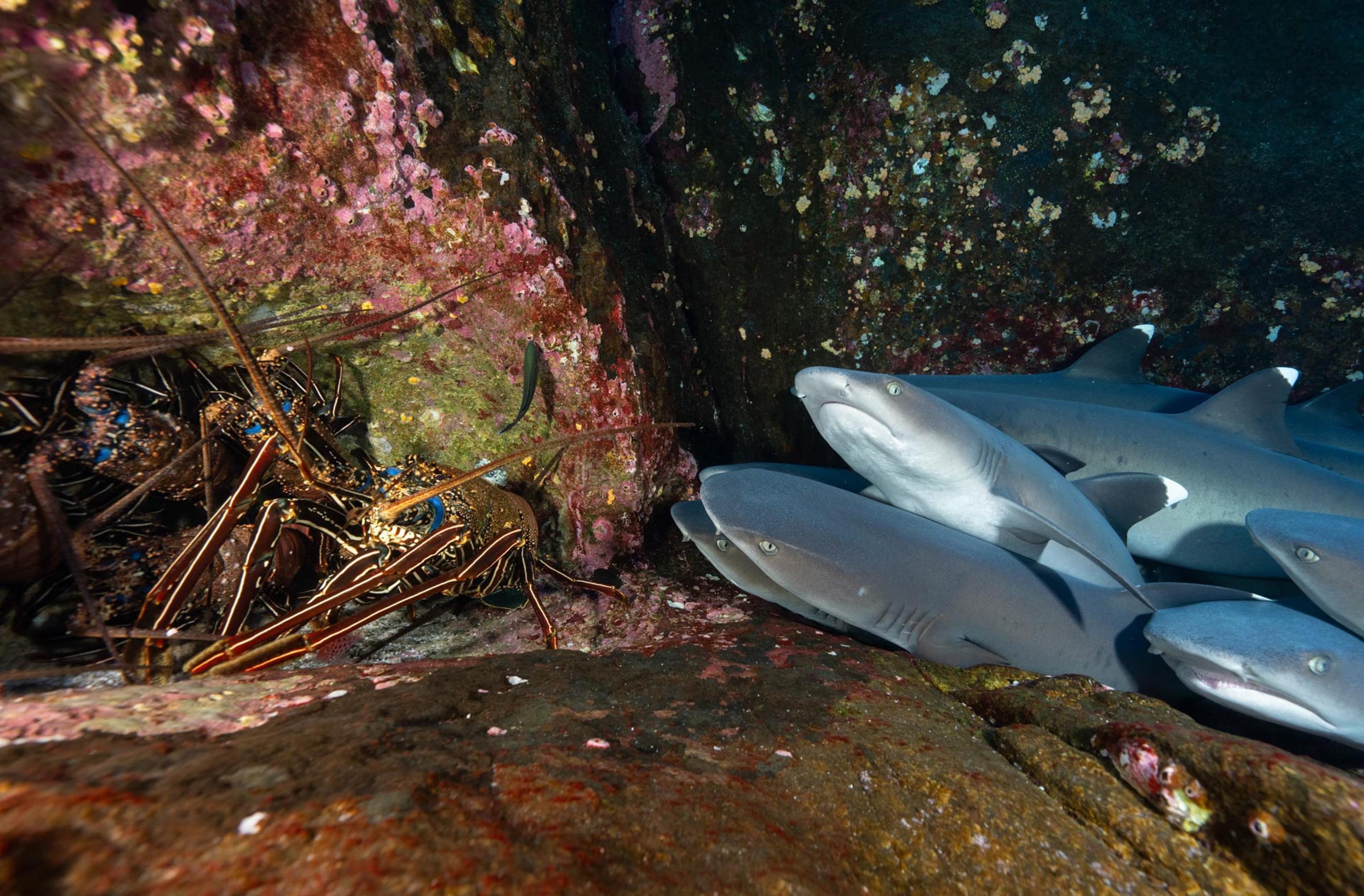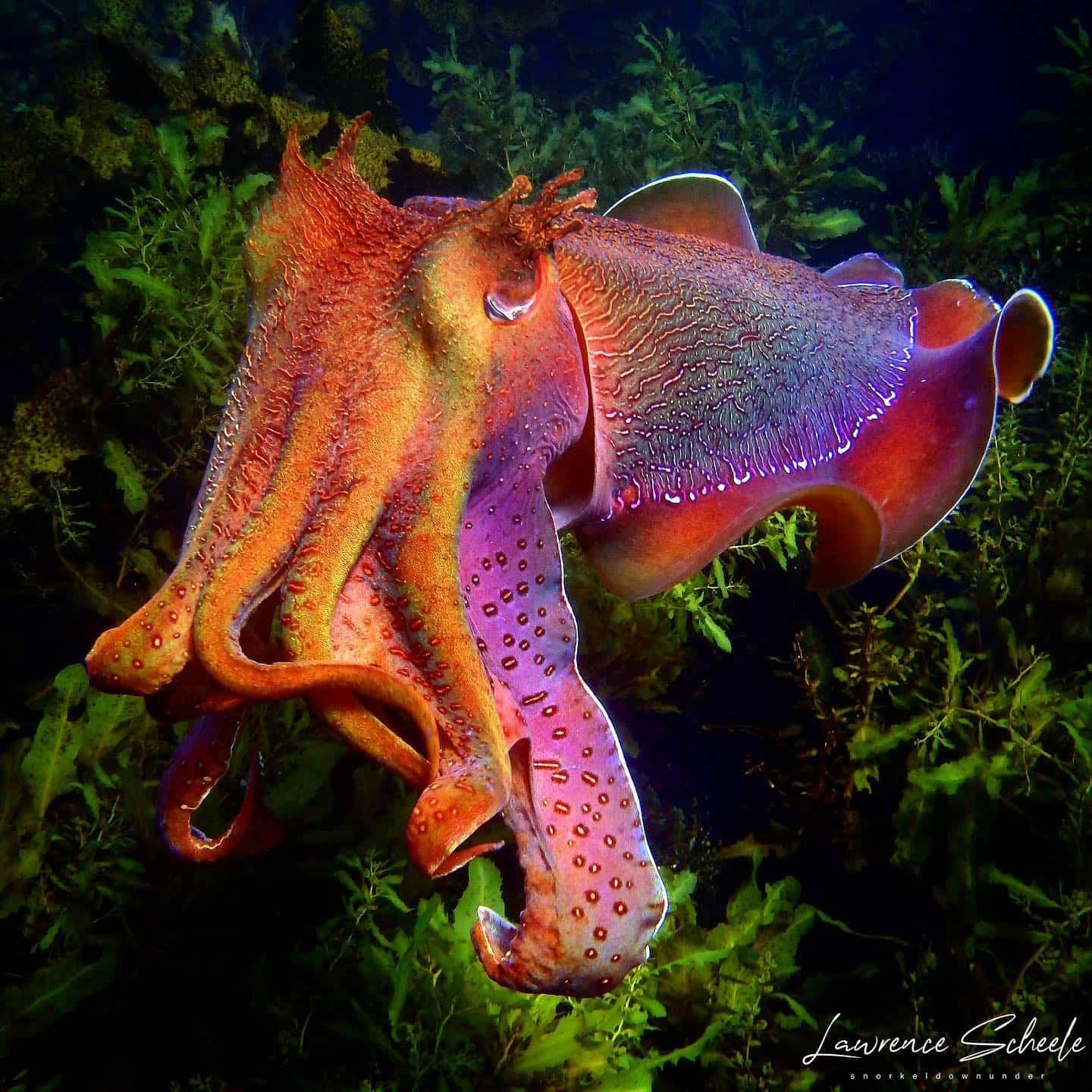What does 2026 hold for the world's oceans? https://www.euronews.com/green/2025/12/28/high-seas-hopes-meet-hard-realities-with-2026-set-to-become-a-pivotal-year-for-worlds-ocea 🌊 #MarineLife #MarineBiology #Science #Oceans
What does 2026 hold for the world's oceans? https://www.euronews.com/green/2025/12/28/high-seas-hopes-meet-hard-realities-with-2026-set-to-become-a-pivotal-year-for-worlds-ocea 🌊 #MarineLife #MarineBiology #Science #Oceans
The purple #seastar aka #OchreSeastar - Pisaster ochraceus - is one of the most commonly found #starfish along the coasts of #BritishColumbia. You can see they have thousands of tiny feet on their legs to help them move around.
The purple sea star is considered a #KeystoneSpecies & an essential indicator of #OceanHealth.
#WildlifeWednesday #SeaCreatures #MarineAnimals #wildlife #ProtectOceans #SupportMPAs #WildFirst #HealthyOceansHealthyPlanet #Environmentalist #nature #photography #WhatsInMyHand #MarineLife #LookAndLearn #educational #MarineBiology #VancouverIsland #VanIsle #PacificNorthwest #Cascadia #PNW #SalishSea
Marine researchers find biggest source of microplastics in our ocean is vehicle tyres | RNZ News
#fuckCars #CarBrain #bikes #pollution #microplastics #plastic #marineLife #boat #ocean
Marine researchers find biggest source of microplastics in our ocean is vehicle tyres | RNZ News
#fuckCars #CarBrain #bikes #pollution #microplastics #plastic #marineLife #boat #ocean
Crevice Companions by Tinnapat Netcharussaeng
In a rocky crevice, Caribbean spiny lobsters gather on one side while resting whitetip reef sharks occupy the other. The unusual pairing shows how very different species find safety in the same underwater shelters.
Location
Socorro Island, #Mexico
The #Trump admin is proposing to open federal #waters off the entire coastline of #California to #drilling, as well as an area off the coast of #Florida. Neither state’s waters have been open to new drilling for decades.
#law #EnvironmentalLaw #regulations #oceans #wildlife #MarineLife #Climate #ClimateCrisis #ClimateChange #OffshoreDrilling #oil #FossilFuels
https://www.cnn.com/2025/11/20/climate/trump-oil-drilling-offshore-california-florida
The #Trump admin is proposing to open federal #waters off the entire coastline of #California to #drilling, as well as an area off the coast of #Florida. Neither state’s waters have been open to new drilling for decades.
#law #EnvironmentalLaw #regulations #oceans #wildlife #MarineLife #Climate #ClimateCrisis #ClimateChange #OffshoreDrilling #oil #FossilFuels
https://www.cnn.com/2025/11/20/climate/trump-oil-drilling-offshore-california-florida
Incredible, first-of-their-kind images show an orca being born in Norway https://www.livescience.com/animals/orcas/incredible-first-of-their-kind-images-show-an-orca-being-born-in-norway-and-the-rest-of-its-pod-forming-a-protective-circle 🐬 #Cetaceans #MarineMammals #MarineLife #MarineBiology #Dolphins #Whales #Science #Orca
Giant Australian Cuttlefish by Lorence
Incredible, first-of-their-kind images show an orca being born in Norway https://www.livescience.com/animals/orcas/incredible-first-of-their-kind-images-show-an-orca-being-born-in-norway-and-the-rest-of-its-pod-forming-a-protective-circle 🐬 #Cetaceans #MarineMammals #MarineLife #MarineBiology #Dolphins #Whales #Science #Orca
Giant Australian Cuttlefish by Lorence
Newest J-Pod orca calf missing, presumed dead https://www.timescolonist.com/local-news/newest-j-pod-orca-calf-missing-presumed-dead-11431652 🐬 #Cetaceans #MarineMammals #MarineLife #MarineBiology #Dolphins #Whales #Science #Orca
Newest J-Pod orca calf missing, presumed dead https://www.timescolonist.com/local-news/newest-j-pod-orca-calf-missing-presumed-dead-11431652 🐬 #Cetaceans #MarineMammals #MarineLife #MarineBiology #Dolphins #Whales #Science #Orca
Sea Turtles Rebounding Worldwide as Nests and Habitat are More Protected, Says 2025 NOAA Study
#goodnews #goodearth #animals #reptiles #marinelife #Conservation
Sea Turtles Rebounding Worldwide as Nests and Habitat are More Protected, Says 2025 NOAA Study
#goodnews #goodearth #animals #reptiles #marinelife #Conservation
💁🏻♀️ ICYMI: 🐢🌊 Ancient mariners that shared the planet with #dinosaurs, sea #turtles have navigated our #oceans for 100 million years. All 7 species now face threats from #fishing nets, #plastic #pollution, and #climatechange, but #conservation efforts show hope for recovery.
#climate #marinelife #wildlife #endangered #science #education #animals #babies #beach #biology #nature #ocean #reptiles #tksst #video
💁🏻♀️ ICYMI: 🐢🌊 Ancient mariners that shared the planet with #dinosaurs, sea #turtles have navigated our #oceans for 100 million years. All 7 species now face threats from #fishing nets, #plastic #pollution, and #climatechange, but #conservation efforts show hope for recovery.
#climate #marinelife #wildlife #endangered #science #education #animals #babies #beach #biology #nature #ocean #reptiles #tksst #video





